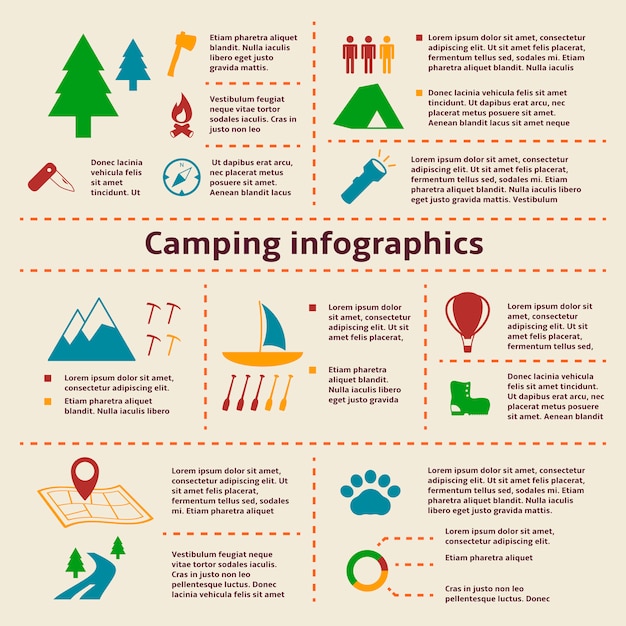While both deal toughness in various atmospheres, it is very important to figure out which sort of insulation will certainly finest offer your requirements. The insulation you pick influences warmth, weight, water resistance, compressibility and price.
Down is harvested from waterfowl, generally ducks or geese. It is prized for its lightness, very easy compression and shielding homes. However, down becomes much less effective when damp.
Warmth-to-Weight
A high warmth-to-weight ratio is preferred in outdoor clothes and equipment. The protecting buildings of down feathers make them an excellent option for this function, as they are exceptionally warm and lightweight.
However, down sheds its shielding capabilities when it gets wet, meaning it requires to be paired with a waterproof covering. Furthermore, some people dislike down, making artificial jackets a better choice for them.
Synthetic insulations are commonly made from recycled polyester and created to simulate down's insulating properties. They are not as light-weight as down, however they do not lose their protecting capabilities when they get wet and completely dry faster than down. They are also extra budget friendly than down. However, their life-span is much shorter than down, resulting in greater maintenance and substitute expenses.
Water Resistance
The insulation you pick for your work coat will certainly make a big distinction in how comfy you really feel outdoors. Nevertheless, the type of insulation you choose also has substantial implications for your sustainability objectives.
Down is an outstanding insulator for a variety of factors. It's lightweight, compressible, and uses a good warmth-to-weight proportion. However, it does not fare well when it splashes. Down globs up and sheds its loft space when wet, which can significantly minimize its capacity to catch heat.
Artificial insulation products, such as Thinsulate and Primaloft, hold up much better against wet conditions. They normally have a limited weave or chemical layer that keeps water from penetrating the textile. This allows the insulation to remain breathable, even if wet. It's worth noting that synthetics can also be unpleasant when wet, however they keep their protecting residential properties.
Compressibility
While goose down does have an exceptional warmth-to-weight ratio, artificial insulation does in a similar way. Nonetheless, unlike down which soaks up and sheds its protecting capacities when damp, artificial insulation does not. Because of this, it can maintain its loft space and trap warm air in damp problems.
Typically produced from polyester sheets or clusters that imitate down, the most common synthetic insulation brand names consist of PrimaLoft, FullRange, Thermoball and Patagonia's PlumaFill. While it still can not match down's loftiness and warmth-to-weight, artificial jackets are lightweight, quick to dry and less expensive than down. This makes synthetic coats ideal for damp environments, or if you're prone to sweating greatly. Artificial coats are also much less fragile than down and can lose. This toughness reaches their face materials which are usually thicker and much more resilient than down.
Resilience
A major factor to consider in sustainability is a product's long life and sturdiness. waterproofing Natural materials like cork, ThermaCork increased cork and Havelock woollen last longer than synthetic options like fiberglass and plastic. They additionally require much less upkeep and can withstand rough ecological problems.
Nevertheless, natural insulation doesn't perform too when damp as synthetic alternatives. Woollen and fleece clump together when wet, compromising their ability to catch warmth. Synthetic insulation, on the other hand, does not soak up wetness and continues to shield even when soaked.
This makes artificial insulation suitable for wet environments and difficult activities where you might sweat greatly. It's likewise simpler to clean and dries faster than down. This added toughness and dependability make synthetic insulation a general winner in this group. This equates to durable shielded work boots that last lengthy and maintain you warm via requiring environments.
Sustainability
All-natural materials supply biodegradability and a smaller ecological footprint, while synthetic alternatives boast longevity and ingenious applications that support power effectiveness. However, it's important to recognize the true ecological impact of these insulation products from cradle-to-grave.
For example, if an all-natural insulation material needs to travel a far away from its source to the structure website, transportation-related discharges boost its total carbon footprint. Picking locally sourced and reused products decreases that influence. And, choosing GREENGUARD and Cradle to Cradle qualifications guarantees that insulation is devoid of volatile natural substances (VOCs) and supports liable sourcing and labor conditions.
Lamb's wool and cork are sustainable insulation resources that are gathered without damaging the tree or plant. Both have the added advantage of being naturally resistant to mold and mildew, insects and dampness.
